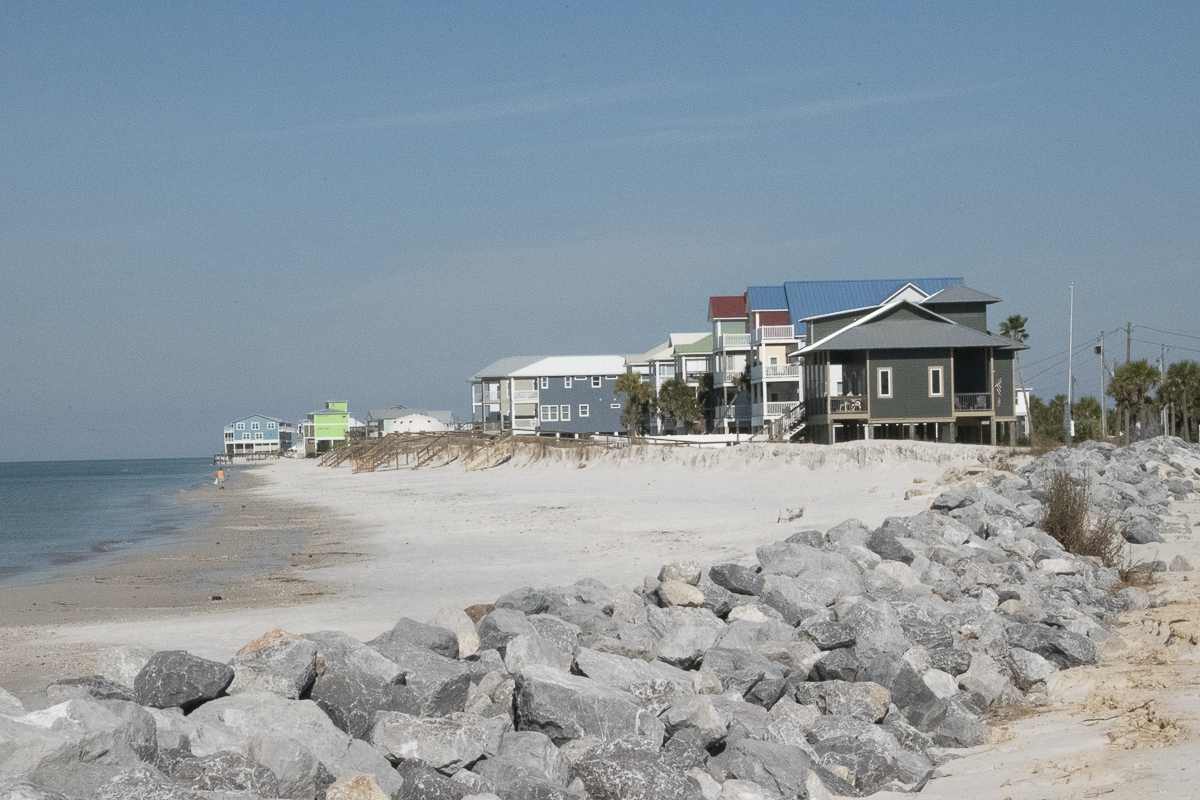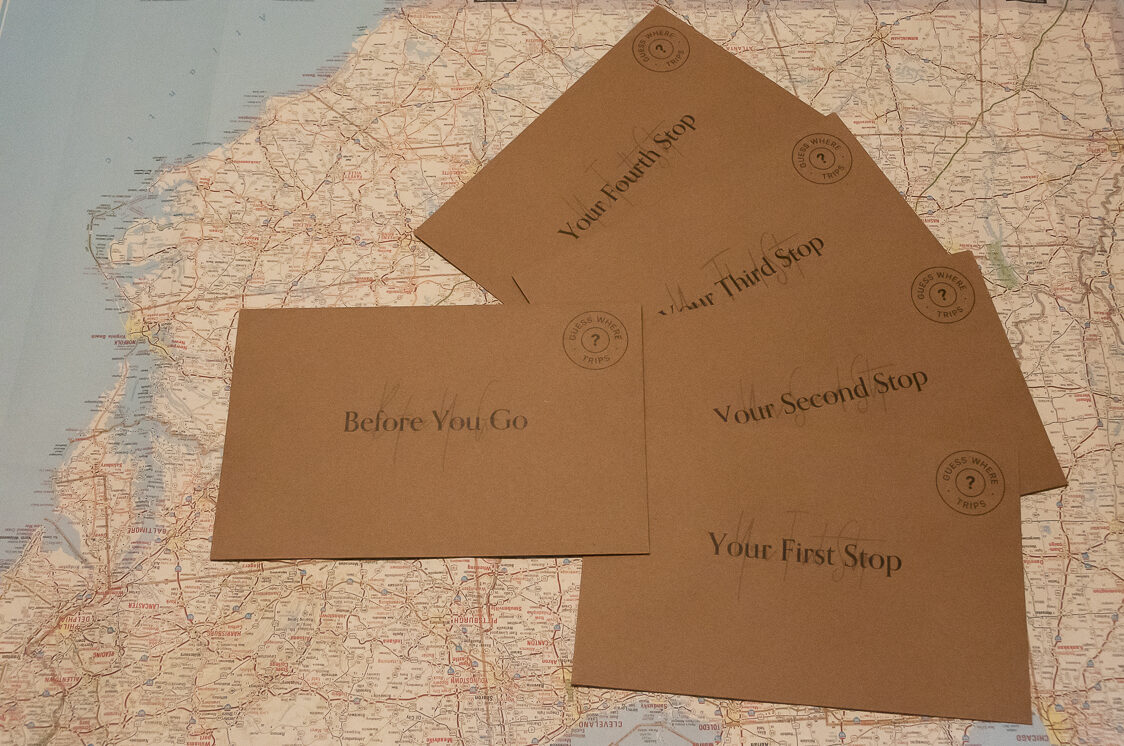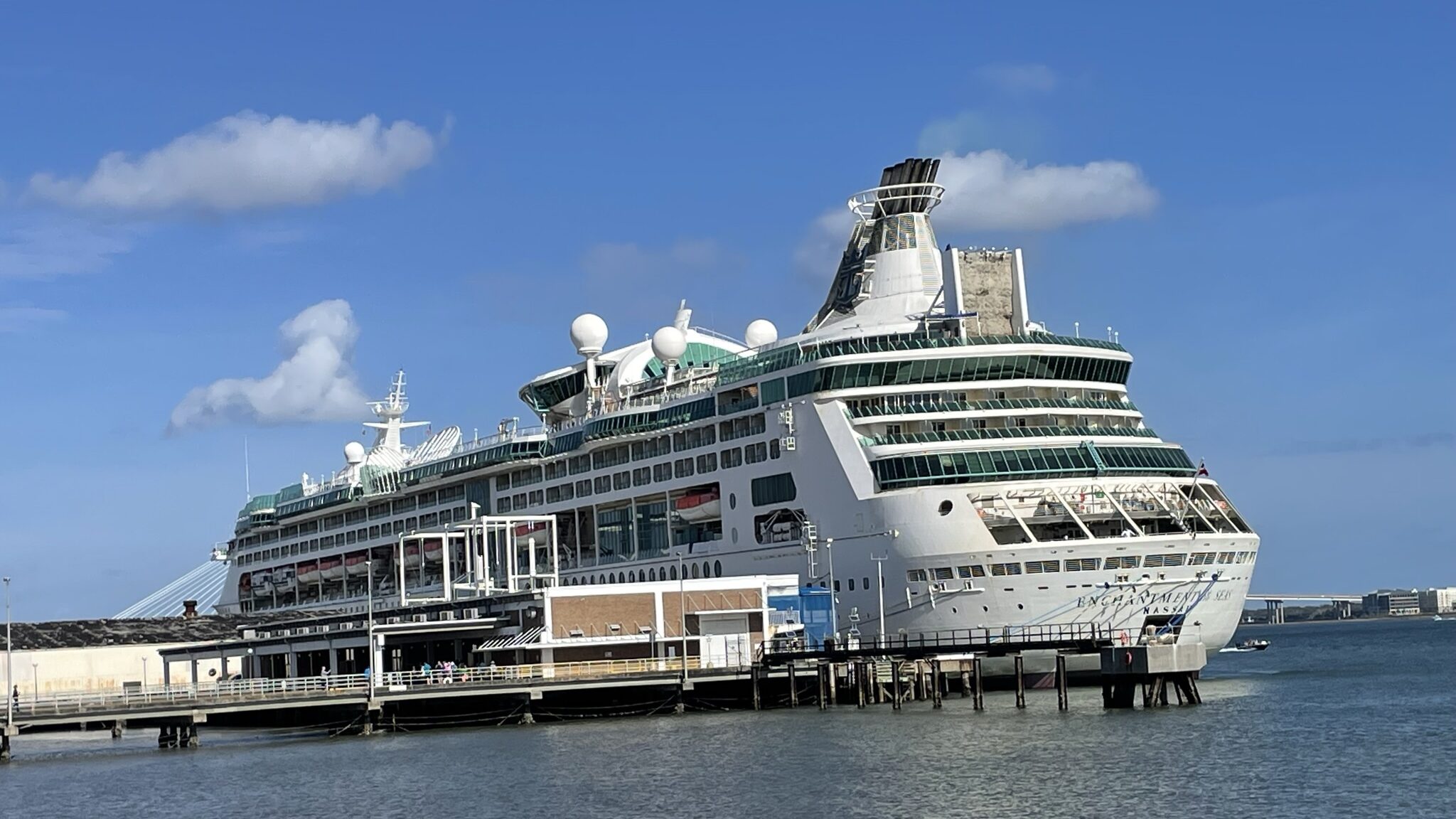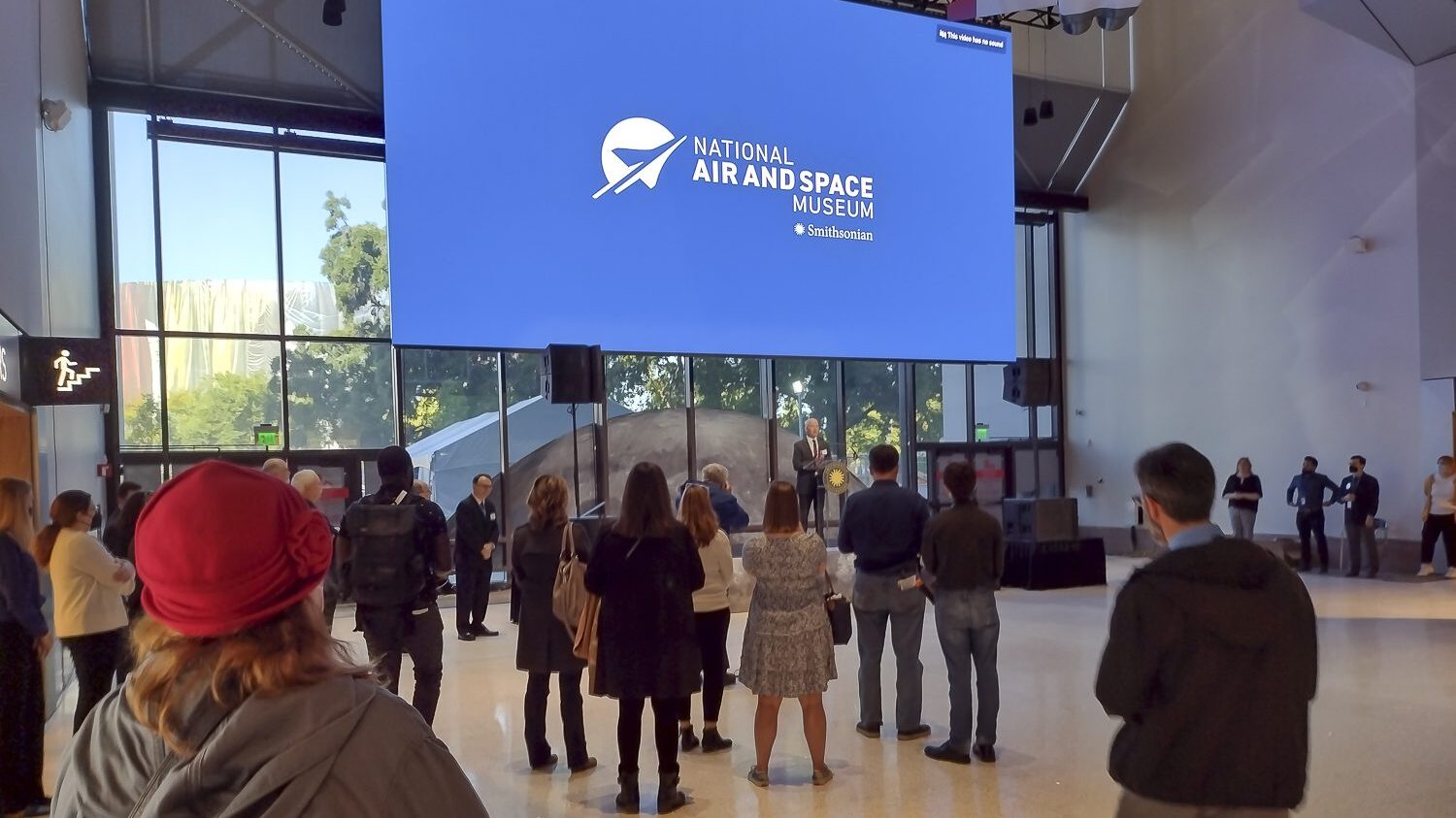Lobsters and lush landscapes entice visitors to Maine’s Acadia National Park
We found Acadia National Park in Maine brimming with visitors enjoying sunny September days in the seventies. Perched on the far northeast corner of the U.S. coast of Maine near neighboring Canada, Acadia National Park is on Mount Desert Island (aka MDI) among private property and seaside villages. It’s a patchwork of parkland originally home to native American Indian tribes, then hearty fishermen developing a seafood industry. Acadia is the eighth oldest park in the U. S. and today has 3.4 million visitors a year. Hiking trails by day and lobster rolls by night make Acadia one of the most visited national parks. Here’s more about our Down East visit to Bar Harbor, Southwest Harbor, the Scoodic Peninsula and carriage roads of northern Maine on Mount Desert Island aka MDI.

Visiting Bar Harbor
On a previous visit we stayed in downtown Bar Harbor, the epicenter of Acadia National Park, but this trip we chose to stay at Harborview cottages in Southwest Harbor, a quiet seaside town some 10 miles west of Bar Harbor.
The village of Bar Harbor has 10,500 year-round residents but those numbers soar from June through August when outdoor enthusiasts arrive by the thousands. The center of Bar Harbor is a town square overlooking the harbor and West Street where boats, ferries and trollies come and go on land and water tours. The famous Bar Harbor Inn overlooks the green space in the town square while the West Street Hotel is ideal people watching all those who gather for the many day tours. The wildlife tours range from fishing, whale watching, birding, eagles, puffins and harbor seals, Other tours take visitors to lighthouses and the Somes Sound fjord.
Bike rentals and tours gather there too. We can only imagine the crowds when mega cruise ships pull into port and deposit 2,000 visitors. We’re happy to learn a majority of residents voted to seriously limit their arrival.

You can eat your way from dawn to dusk in the Down East at a variety of food venues in Bar Harbor, Maine. We found two favorites for breakfast in Bar Harbor: the burritos at 2 Cats on Cottage Street and cinnamon bun pancakes at Testa’s on Main Street. For lunch or dinner there was everything from take out and sitting on the village green to fine tablecloth dining. We didn’t find a bad lobster roll anywhere, especially with something to drink like an Old Soaker root beer or Cadillac margarita.
To learn more about Bar Harbor you can request a visitors guide.
Millionaire’s Row
The super rich of the 1800s discovered the cool summer temperatures and made Bar Harbor their summer place building elaborate mansions they called “cottages” giving new meaning to “conspicuous consumption.” The extensive staff to service the properties at Millionaires Row alone brought more people, many who stayed and settled there.
Landscape artists of the late 1880s painted breathtaking views of the pink granite stones lining the shore and ocean scenes making the area well known to more than the super rich. We saw some of that amazingly pink granite at Wanspeake Harbor on the way to the lighthouse at Bass Harbor.
Getting around Mount Desert Island
Getting around Acadia National Park is easy using the free Island Explorer bus system that covers any and everywhere you’d want to go. The Island Explorer has routes that link hotels, inns and camp sites with destinations in the park, Hulls Cove visitor center and neighboring village centers.
Since many come to Acadia National Park with biking on their mind, the road was often full of bikes and scooters, a nice way to avoid using the pricey credit card parking meters at $2 an hour. No matter what your mode of transportation don’t forget binoculars to get a closer view of the shoreline or the birds in the trees. All of Acadia has spectacular sights to see so here’s a few quick tips about Traveling with Binoculars.
Building safe roads for everyone to enjoy
We took Oli’s Trolley on a 27-mile loop sightseeing tour of Acadia National Park to get the lay of the land. The Bay of Maine off the Atlantic provides spectacular vistas of the ever-changing shoreline due to its 14-foot tide and granite formations. Since we were on the trolley we didn’t need car reservations to enter the Cadillac summit road.
John D.Rockefeller, Jr. funded much of the park. He wanted a natural barrier of granite coping stones along the roadways. Instead of using guardrails he wanted to emphasize conservation and the natural beauty of the area. These natural barriers provide protection and a magnificent view of the landscape and rocky coastline from atop Cadillac mountain. George Bucknam Dorr from a wealthy Boston textile family was another generous funder and devoted supporter. He was instrumental in the early days of the formation of the park along with the new national park service.
The road passes Thunder Hole where you can stop and watch the waves trapped by an incoming tide as they explode into the air. From there we could see Sand Beach, a lovely stretch of sand and pebbles. Another stop was Jordan Pond House, first the location of a logging business, now a peaceful place to enjoy the view where freshly made popovers are a specialty.
Appreciating Acadia’s place in history
During World War II a U.S. Naval Radio Station was created at Acadia to monitor German ship traffic and troop movement across the Atlantic. The strategic location made it a valuable radio receiver facility high atop Otter Cliffs south of Bar Harbor.
After the war there was an employee shortage to service the mansions and a 1947 fire destroyed much of the forest and many of the original homes. The early emphasis on conserving the environment and appreciating this magnificent landscape was everywhere and biking and hiking the trails snaking through a lush green forest was the goal of many.
Carriage Roads for a timeless quiet getaway
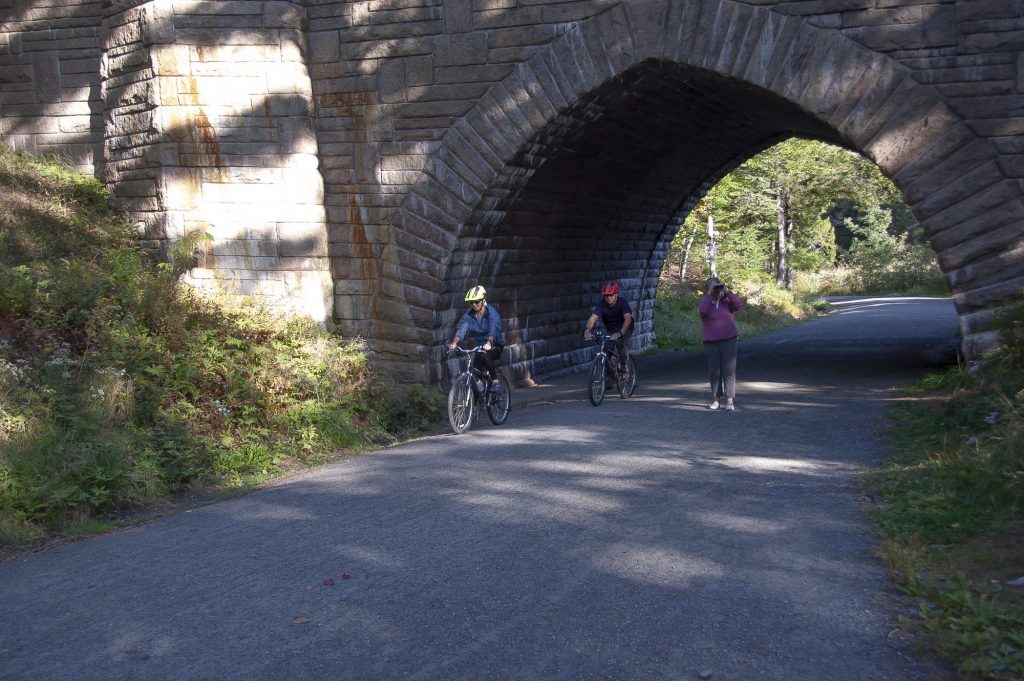
A 57-mile network of carriage trails on the Rockefeller estate were converted into parkland. Designed originally to eliminate noisy automobiles, they later became the ideal destination for hikers, bikers, walkers, horseback riders, cross country skiers and snowshoers.
Ponds and waterfalls throughout Acadia National Park are often tucked away and provide a place to sit and enjoy the quiet natural setting its founders envisioned. We’re not fishermen but we saw plenty who were at Eagle Lake. It’s largest freshwater lake in the park and known for its landlocked salmon and trout. The Hulls Cove Visitor Center is a good source of information about the carriage trails and Acadia National Park.
Our firsthand experience using binoculars when traveling: 8×25 compact binoculars are a good choice for traveling because they’re lightweight and easy to tuck into a backpack or purse. The first number”8” is its magnification which makes an image 8 times closer than what you see with your eyes; it’s good for a wider field of view. The “25” is the size of the objective lens measured in millimeters that defines how much light the binocs can gather. A larger objective lens has more light gathering power so the image resolution will be higher and brighter.
Gentle trails and natural gardens
Nearby is Sieur de Monts Spring, a nature center and wild garden sure to enthrall nature lovers for long walks and beautiful vistas. Wheelchair-accessible parking and restrooms are located across from the nature center which includes exhibits at wheelchair height. From there you can access Wild Gardens of Acadia and Jessup Path and other flat, hard-packed trails.
With some 49,000 acres of parkland of spruce and pine forests of deciduous and hardwood trees, the park showcases a colorful landscape of changing leaves in the fall so it’s a must-see on the list for leaf peepers. When the snow melts in the Spring the budding trees and plant life bring birders and early bird bikers and hikers to MDI (Mount Desert Island).
For a hearty hike visitors go to Beehive trail, one of Acadia’s famous exposed rung and ladder trails and an iron rung climb; these are not for the faint of heart. If you’re afraid of heights or in wet weather, do not go there. Another difficult area is Precipice Trail that zigzags up the cliffs of Champlain Mountain. It’s considered the most challenging and dangerous trail in Acadia National Park because In less than a mile, it ascends nearly 1,000 feet. Nearby is the popular year round Blackwoods campground.
A day away on the Schoodic Peninsula
On our visit to Acadia National Park we took a little road trip to the Schoodic peninsula about an hour’s drive from Bar Harbor. The road took us around Frenchman Bay because it’s the only part of Acadia National Park on mainland Maine. The traffic was either a local pickup truck hauling lobster pots or cars with out-of-state license plates loaded with bikes and kayaks. As you approach Winter Harbor a blinking sign gently tells drivers “You’re going too fast,” a reminder to check our speed. A well-marked sign points to Schoodic Point with a jaw-dropping vista of thundering surf along a one-way driving trail. A rocky trail follows the coastline of the ocean path and the short round trip drive showed off New England at its best. We enjoyed this quiet side of Acadia and having lunch at Chases Restaurant in Winter Harbor before heading back to the park.
To learn more about the Schoodic Peninsula at Acadia National Park visit Plan your visit to Schoodic Peninsula .

Island hopping from Acadia
Since we were staying in Southwest Harbor it was easy to find the parking lot to the ferry dock from their Upper Town dock to Great Cranberry Island. Flock of squawking seagulls followed in our wake and the calm winds gave us a smooth passage across Somes Sound. After bicycles and dogs of various shapes and sizes disembarked onto the floating dock we noticed just how high and low the tide rose and set.
We followed the road peppered with freshly painted houses and surrounded by apple trees and headed up the road. We passed a tennis court sporting a sign ”Play at your own risk” and watched players doing just that. Not far from there we were at a crossroad with signs to the Cranberry House with their historical society, museum and Hitty’s Café where we enjoyed the best ever BLT sandwich. We laughed when given a guest pager with the number “3” since there were so few of us on the deck. But in the tourist season the “your table is ready” signal was probably needed.
Easy trails to the shoreline

After chatting with returning hikers, we got advice about the Whistler Cove Trail which became muddy as it neared the water so we chose the Preble Cove Trail which began at a cemetery enclosed with a white picket fence and gravestones dating back to the 1800s. The rough trail of gnarled tree roots was marked but covered with lichen and moss. That made the trail slippery in spots and not good for anyone with balance issues. The path led to a hidden cove of crusty pebbles and stones on the beach.
The Seawich Café at the general store was clearly the local meeting place and food chandlery serving islanders and visitors with a nice selection of gourmet foods and homemade sandwiches. We boarded the ferry and headed back to Southwest Harbor in the late afternoon surrounded by colorful buoys that identified the lobstermen and marked the location of each pot.
The visit to Acadia National Park this time of year with it’s fall foliage was a special one for us and just about everyone we talked with. The gentle reminder “Leave no trace” we saw throughout the park told us how important preserving this fragile environment is in the minds of the people who live and work there. We couldn’t help but compare the different values of some of today’s billionaires spending their fortunes soaring into space with the early wealthy’s value of conserving the environment for everyone to enjoy.
You might also be interested in:- Explore the Finger Lakes Region
- Cruising Lake Champlain
- Favorite National Seashores on the Atlantic Coast
Gene and Katie Hamilton travel the U.S. extensively in search of a favorite place. They are members of the Outdoor Writers Association of America.
Post Views: 2,229
|




